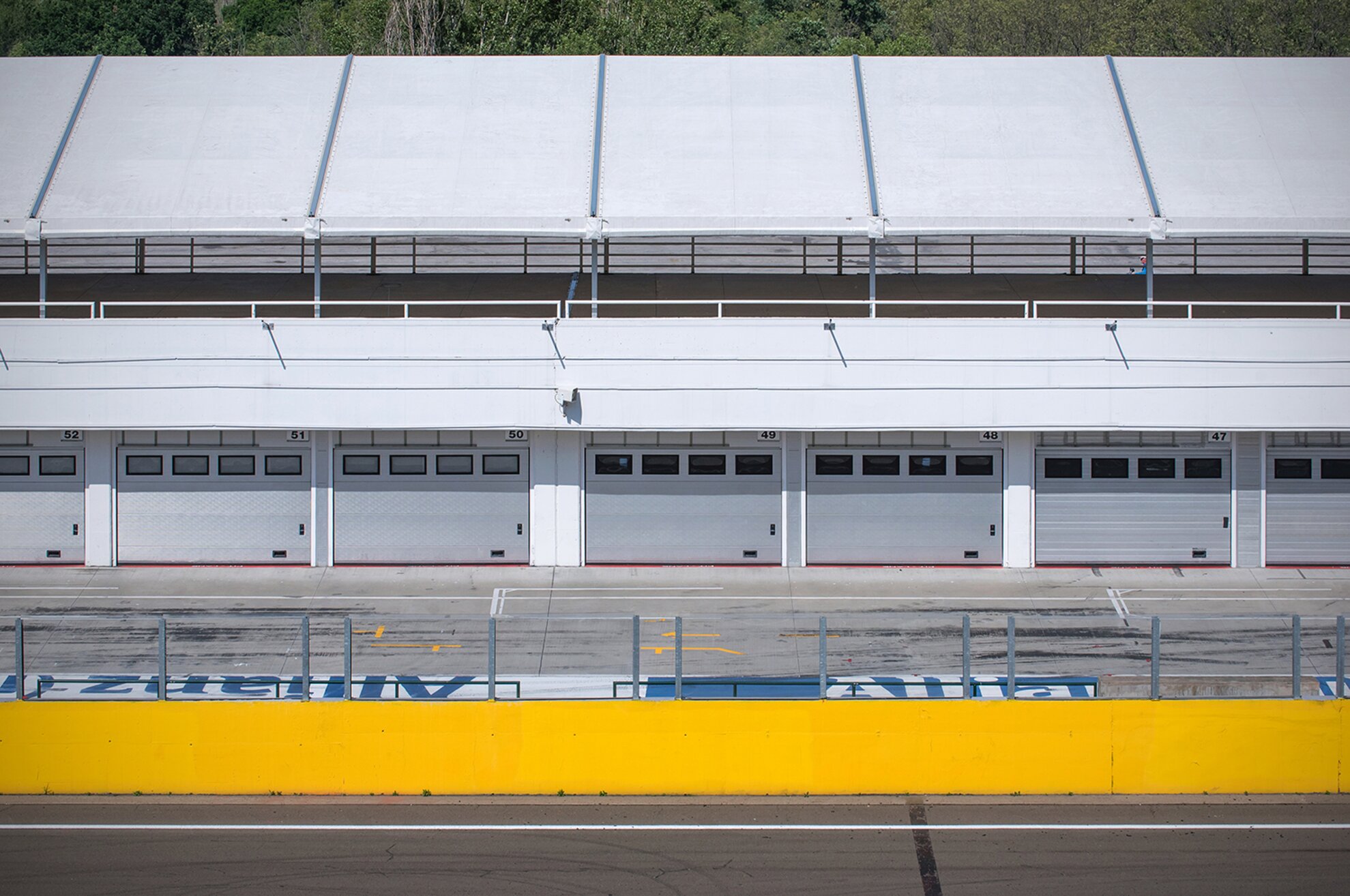In the 1980s, the leaders of Formula 1 came up with the idea of building a circuit beyond the Iron Curtain in order to bring new fans, TV viewers, and communities into the bloodstream of the “racing circus”.

Not long after this decision, Budapest became the chosen location for the new racetrack, although the location was a subject of much debate – it might seem surprising today, but City Park and People’s Park were among the possible race venues considered.

The circuit’s plans, created by computer, were made by engineers of the Aszfaltútépítő Vállalat, István Papp and István Gulácsi. The circuit was originally 4,041 meters in length, but since then reconstructions have extended it to 4,381 meters long, with no less than 14 turns.

The circuit is considered a true classic: the twisting track is tricky and dusty, and since the race is held amid the August heat, it is a real trial of strength for the drivers. The tracing of the circuit also represents old-school styling among today’s uniformed tracks, but this is precisely why drivers like it. Ayrton Senna, Nigel Mansell, Michael Schumacher, Fernando Alonso, and Lewis Hamilton all spoke of Hungaroring as one of the best Formula 1 circuits.

The construction, which took only eight months, began on October 1, 1985, next to Mogyoród, and the first race was held in the following March.

The first Hungarian Grand Prix was held a few months after the rehearsal, on August 10, 1986; the race was won by Nelson Piquet, followed by Ayrton Senna and Nigel Mansell. The absolute track record (1:16, 147) is held by Senna, but Schumacher and Hamilton also raced impressively here, and both of them won at Hungaroring four times.

The Hungarian Grand Prix remains a stable point in the Formula 1 racing calendar for three decades now – and will continue to be one, at least until 2021 – and thus Hungaroring ranks among the oldest circuits in the program, only preceded by the circuits of Monte Carlo and Monza.

A tunnel runs under the 788-meter-long home stretch, through which we can approach the main building, the Paddock Club, or even the pit lane by car.

In front of the facility’s main entrance, we can find the statue of Hungarian-born French driver Ferenc Szisz, who won the world’s first Grand Prix race on June 26, 1906, in Sartre.
There is no question that everyone has to see Hungaroring at some point; moreover, this year even you can be part of the Formula 1 experience on rather favorable terms, since the standing student ticket, valid for the whole weekend, costs only 9,990 forints – see more info here.




